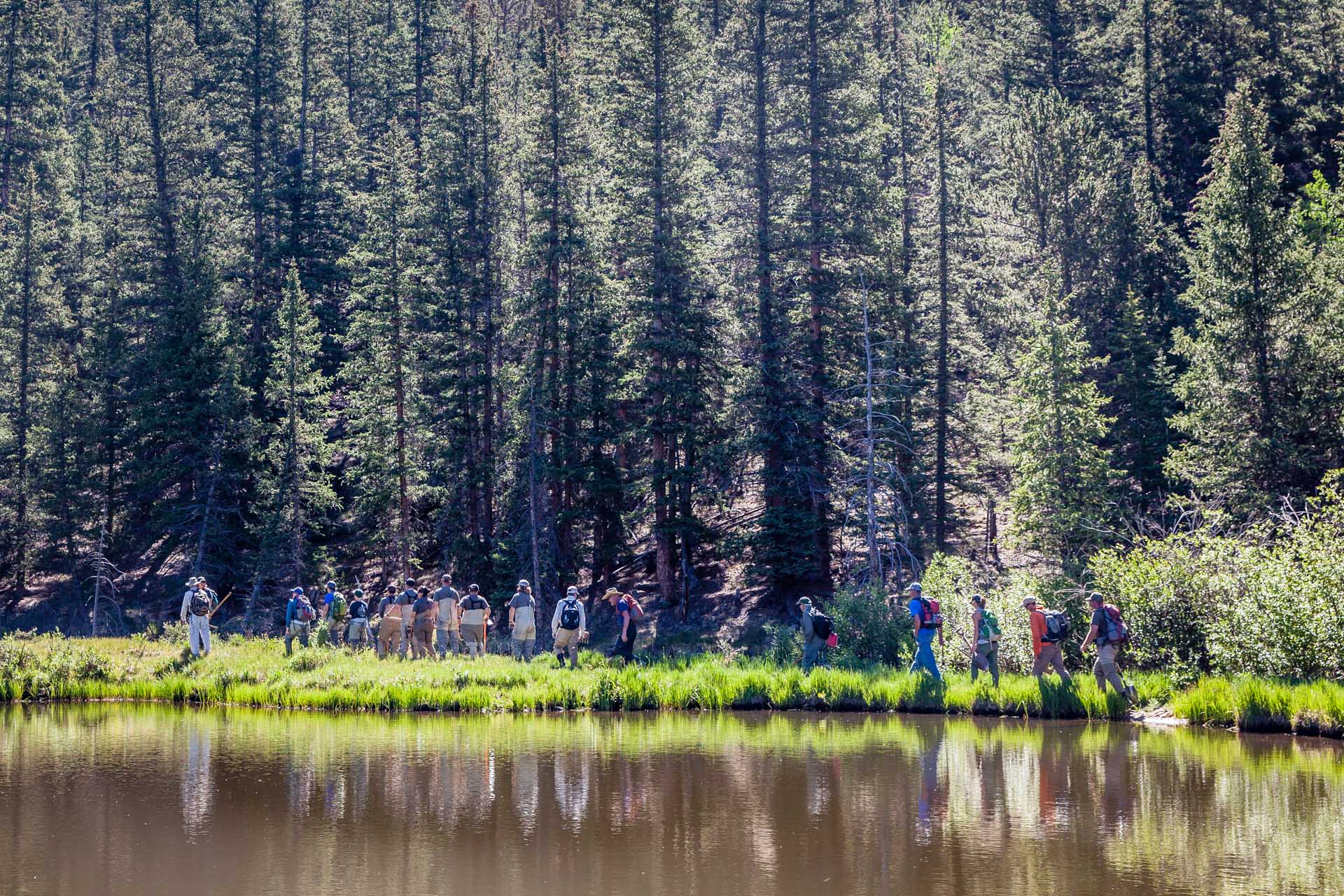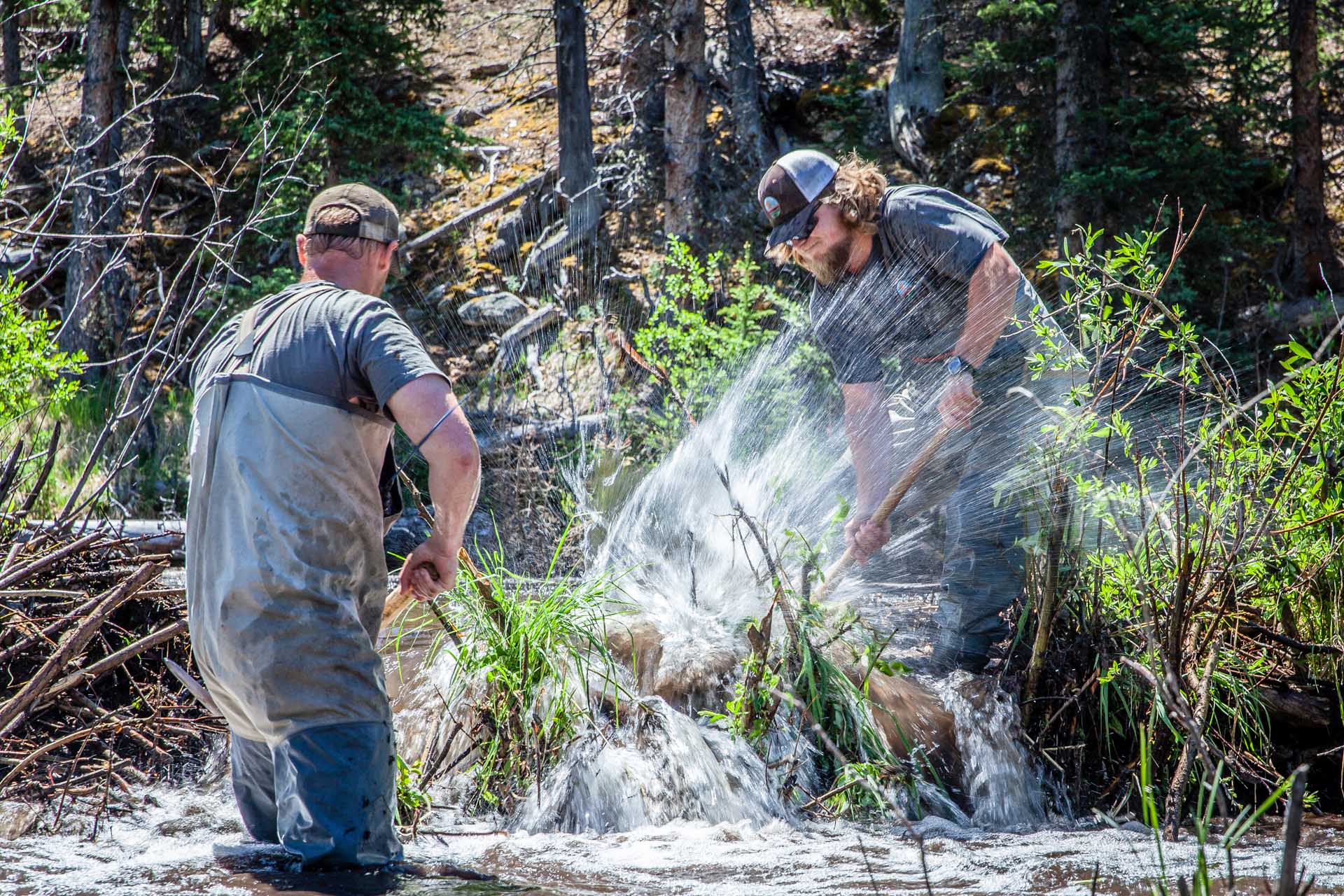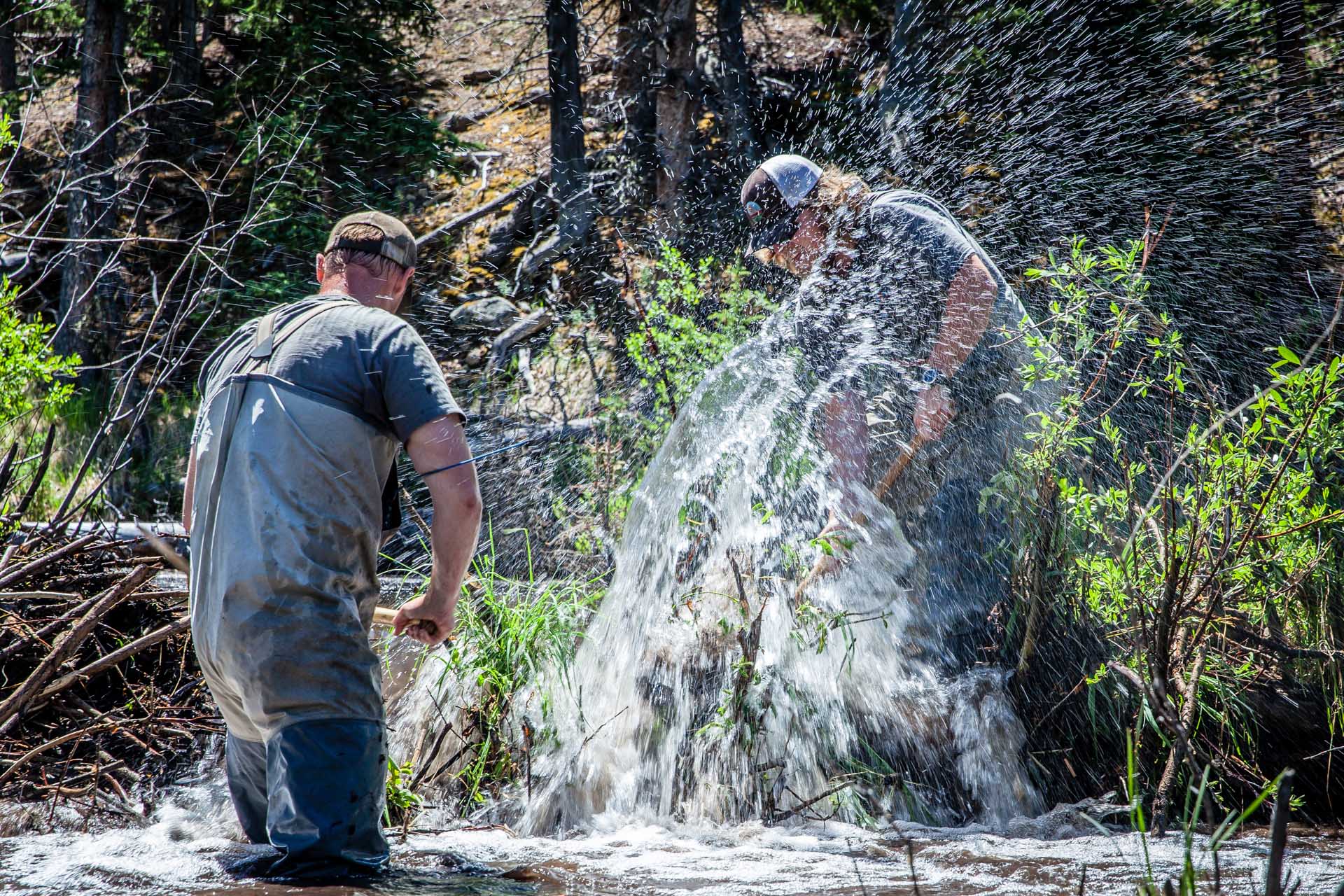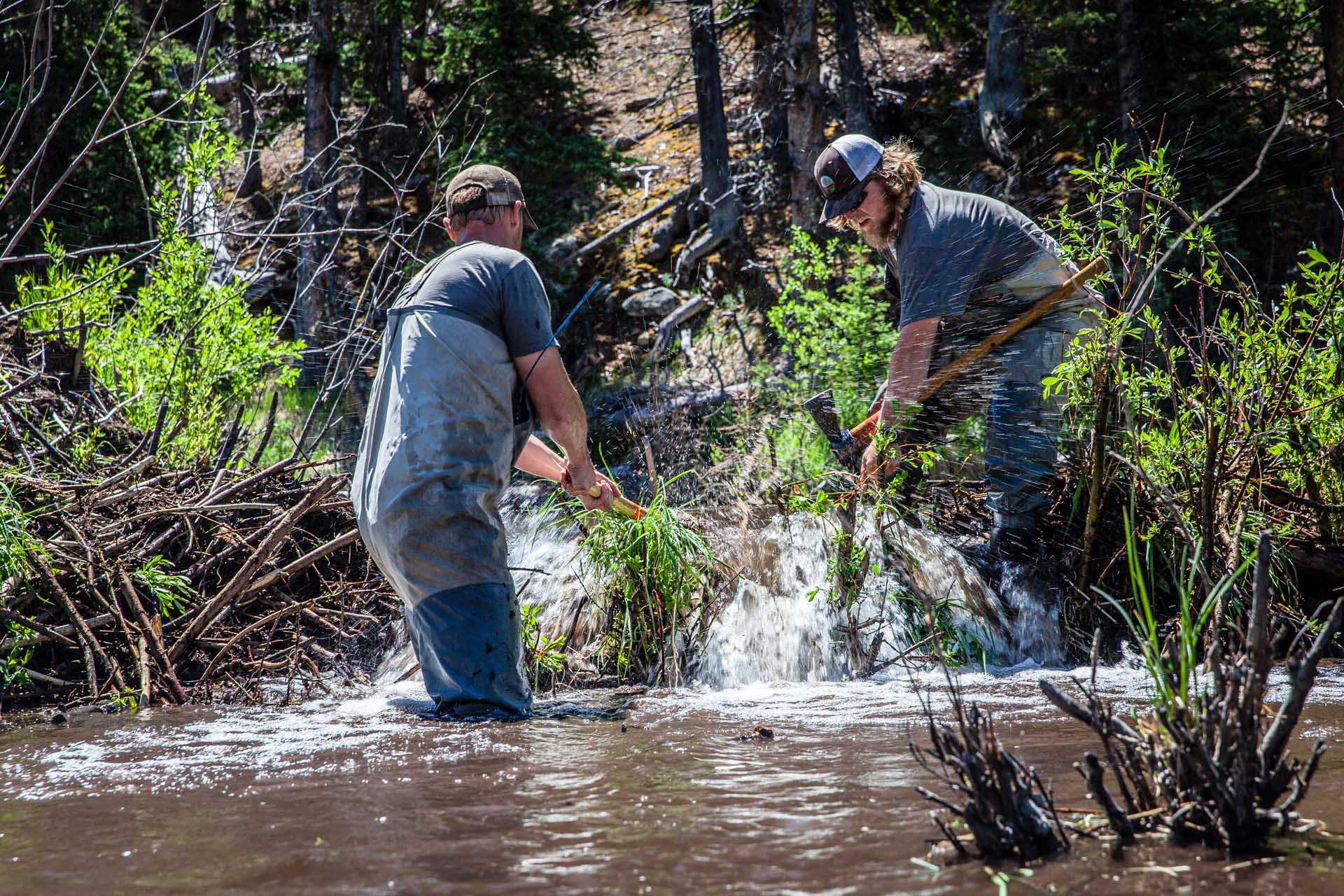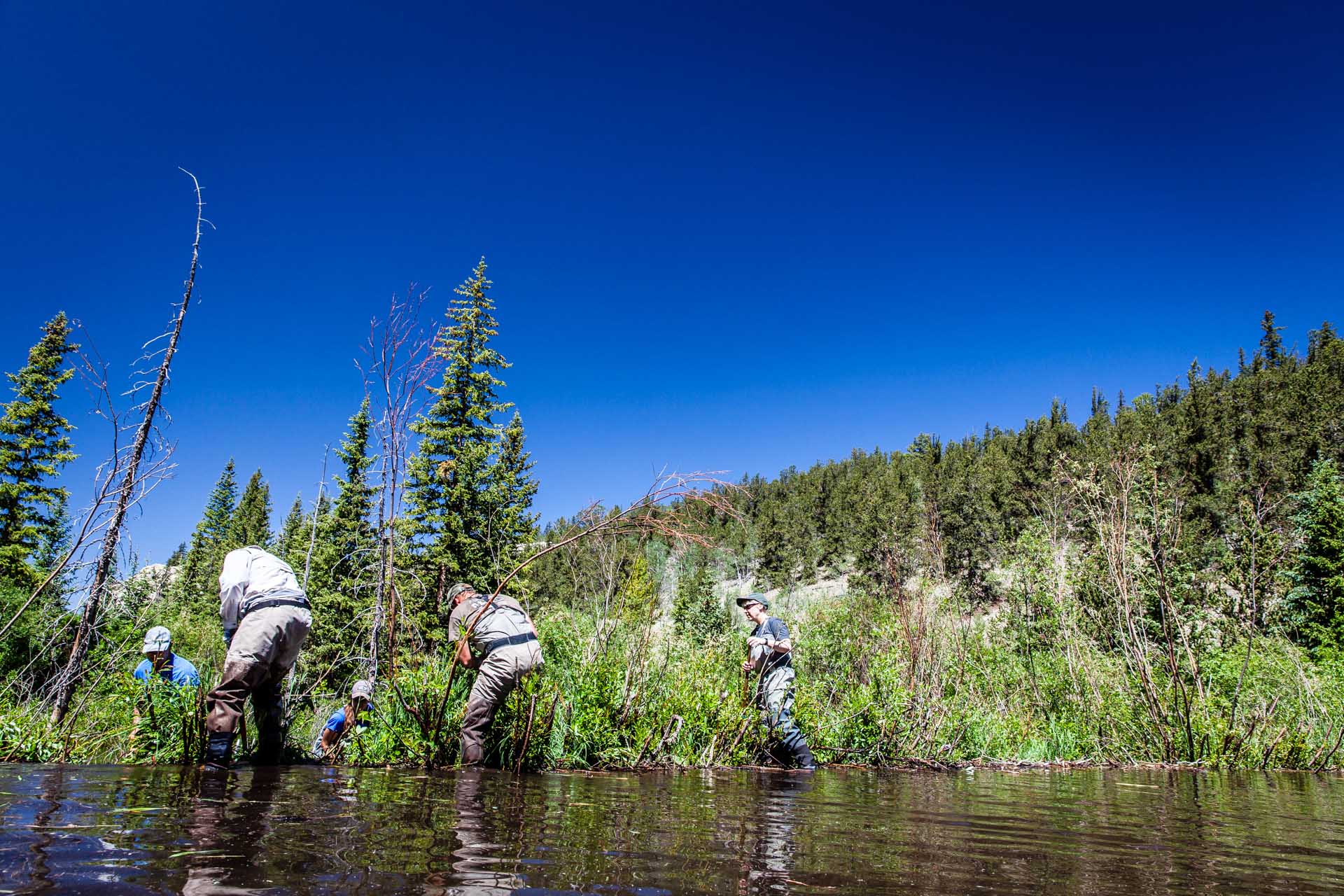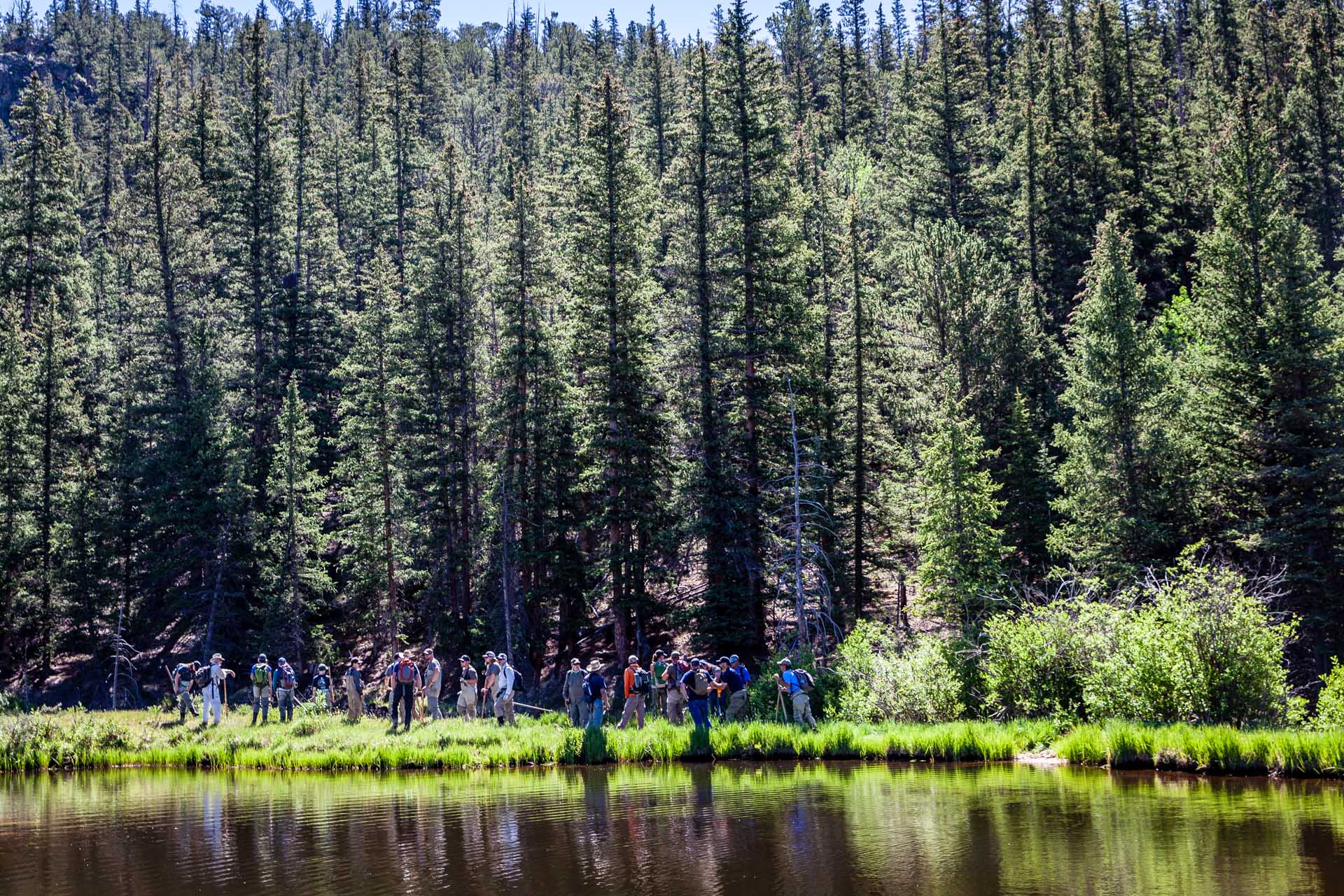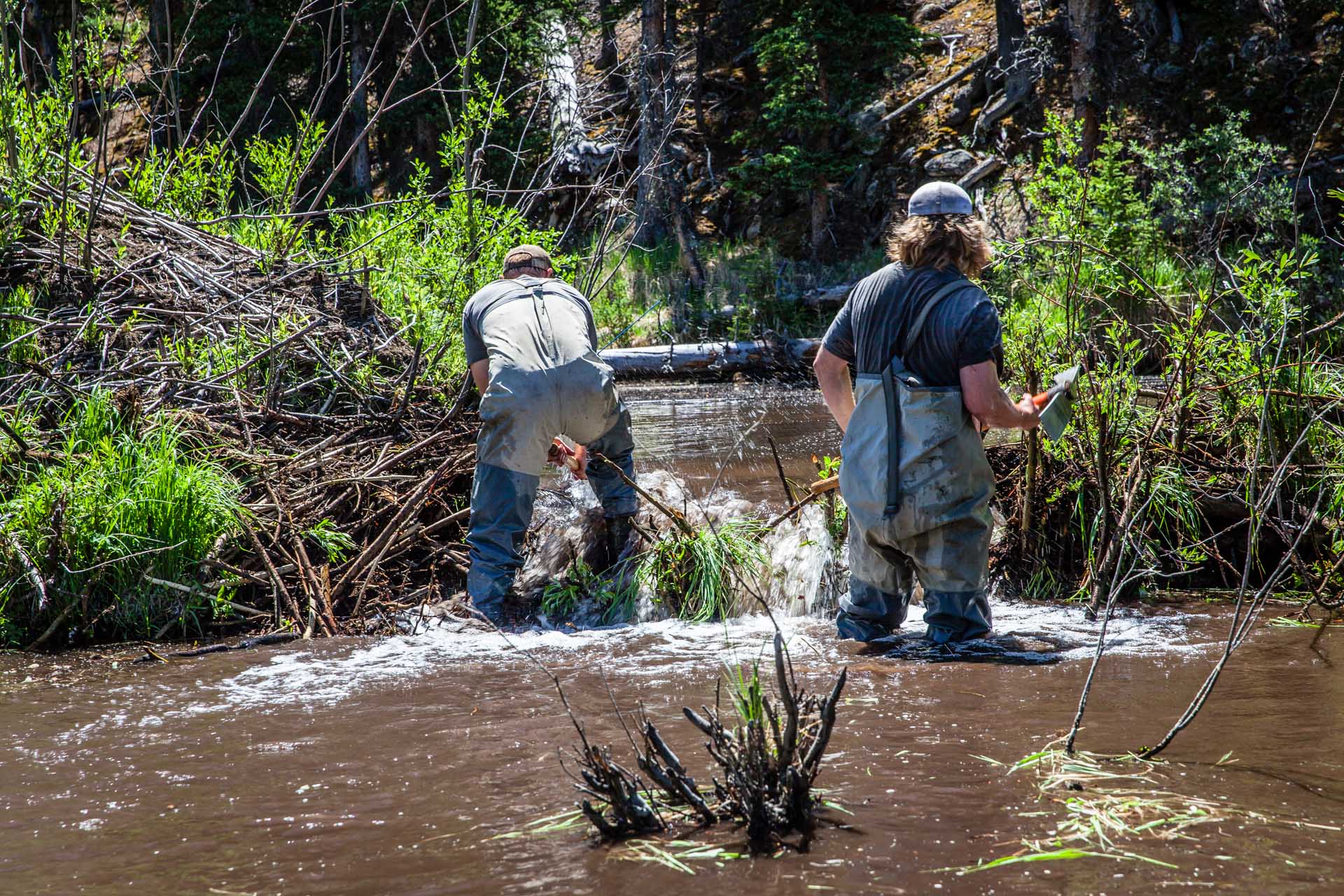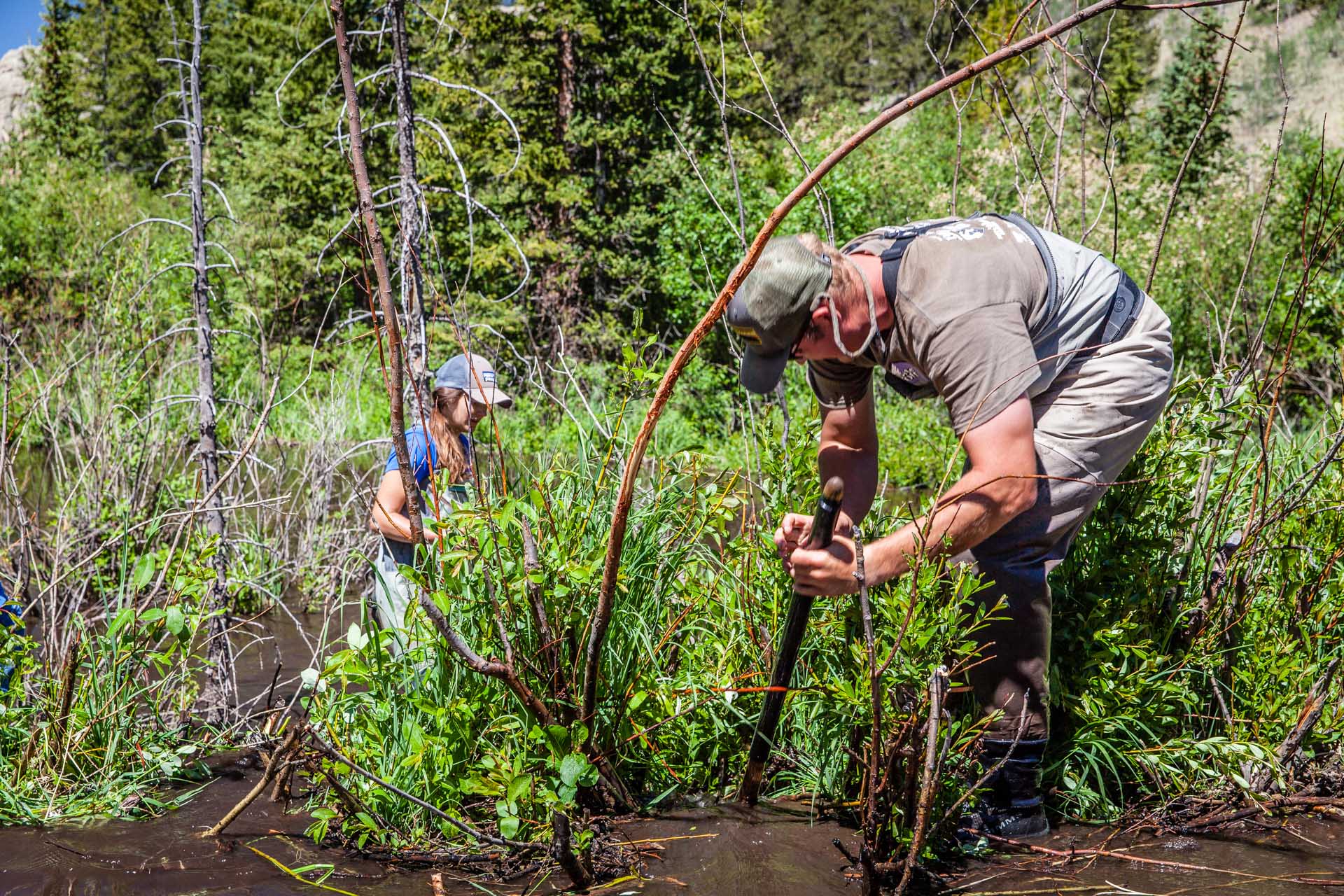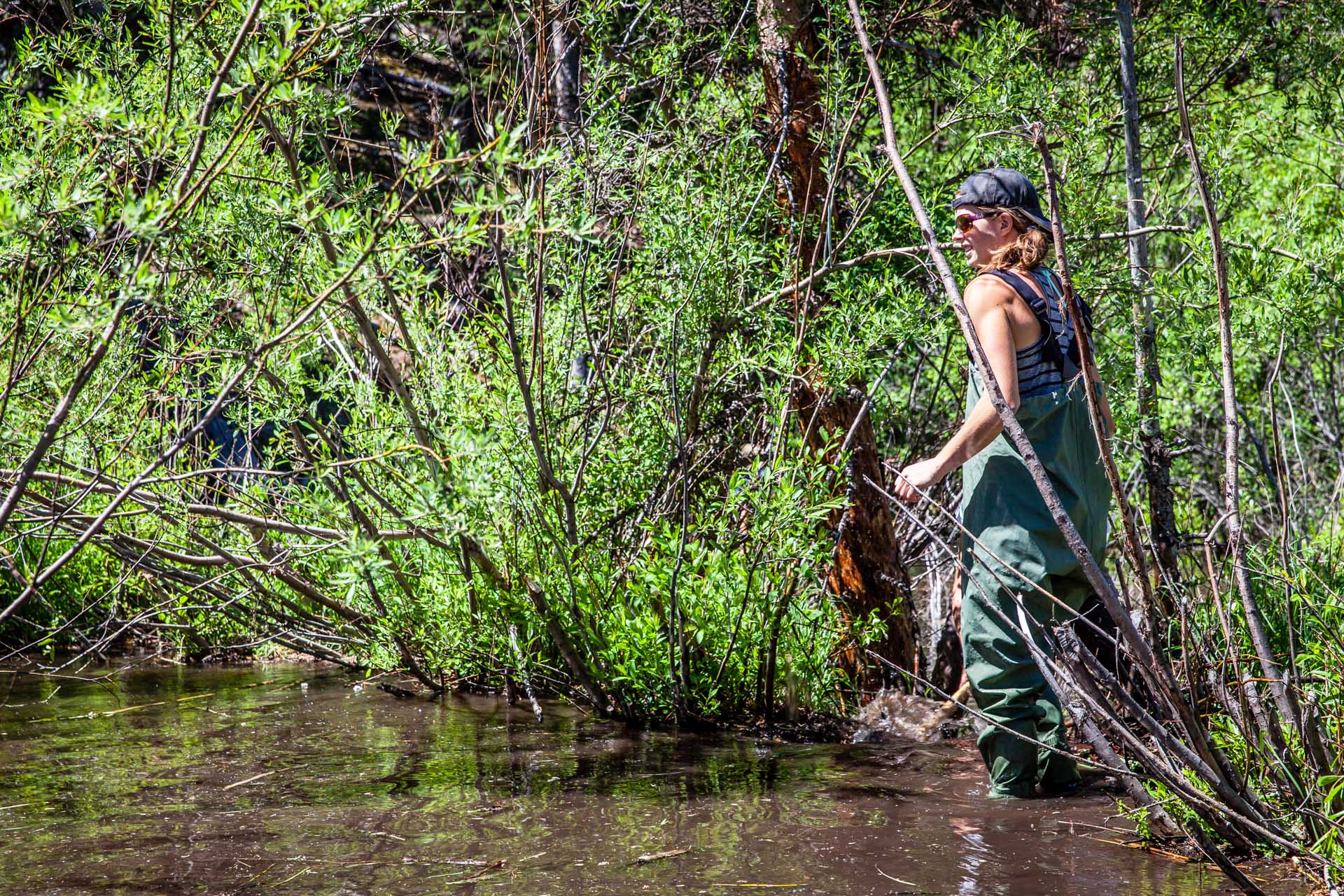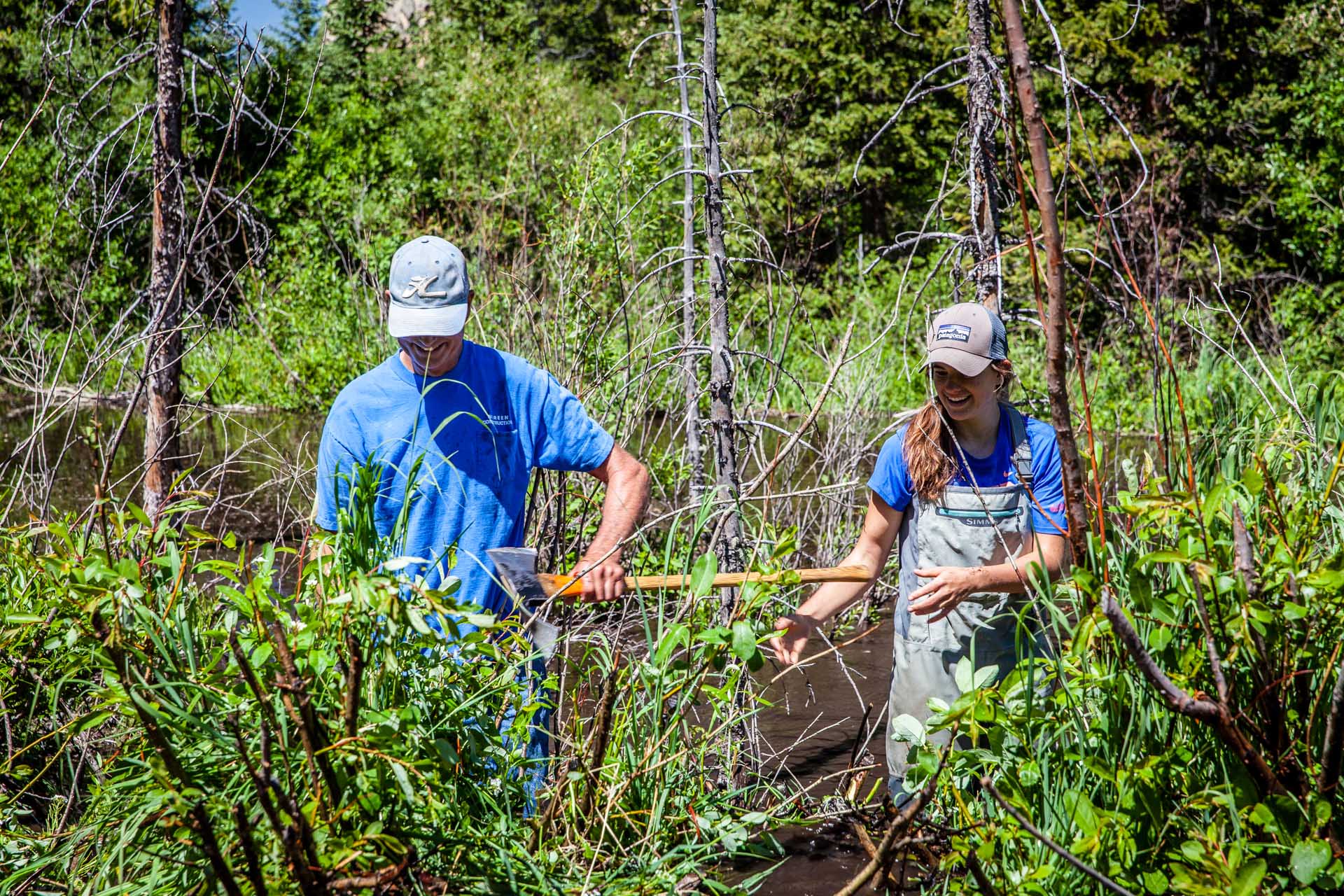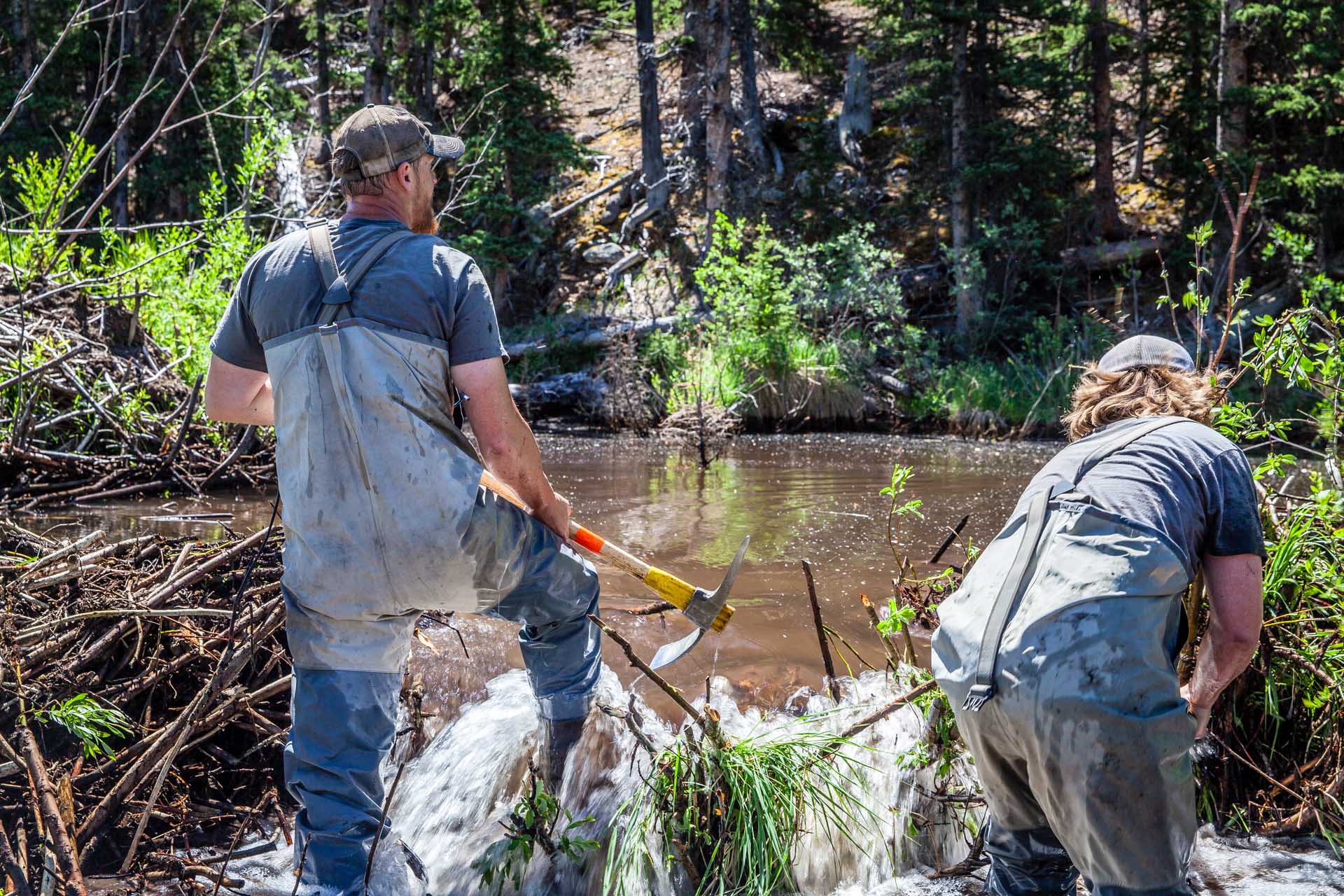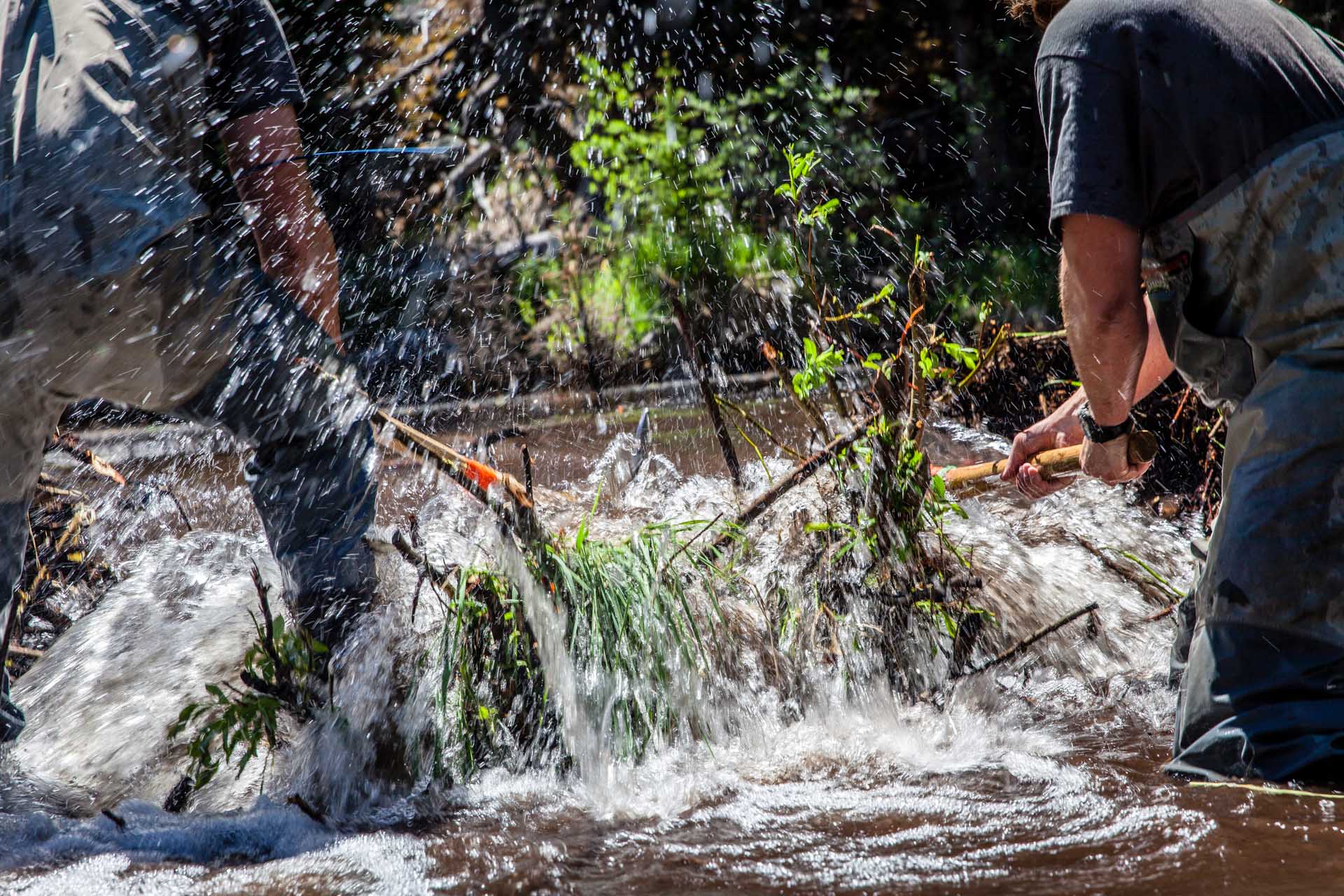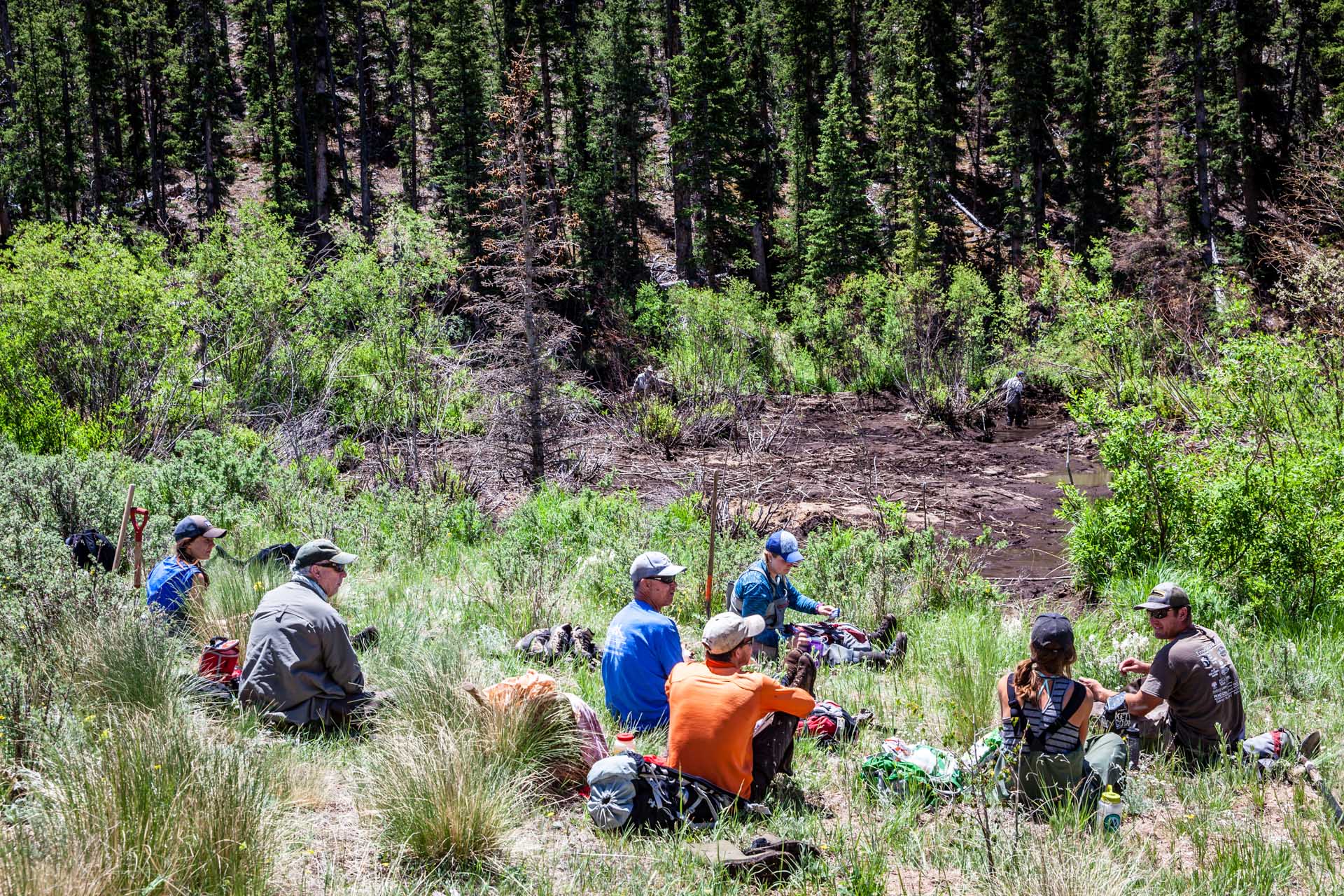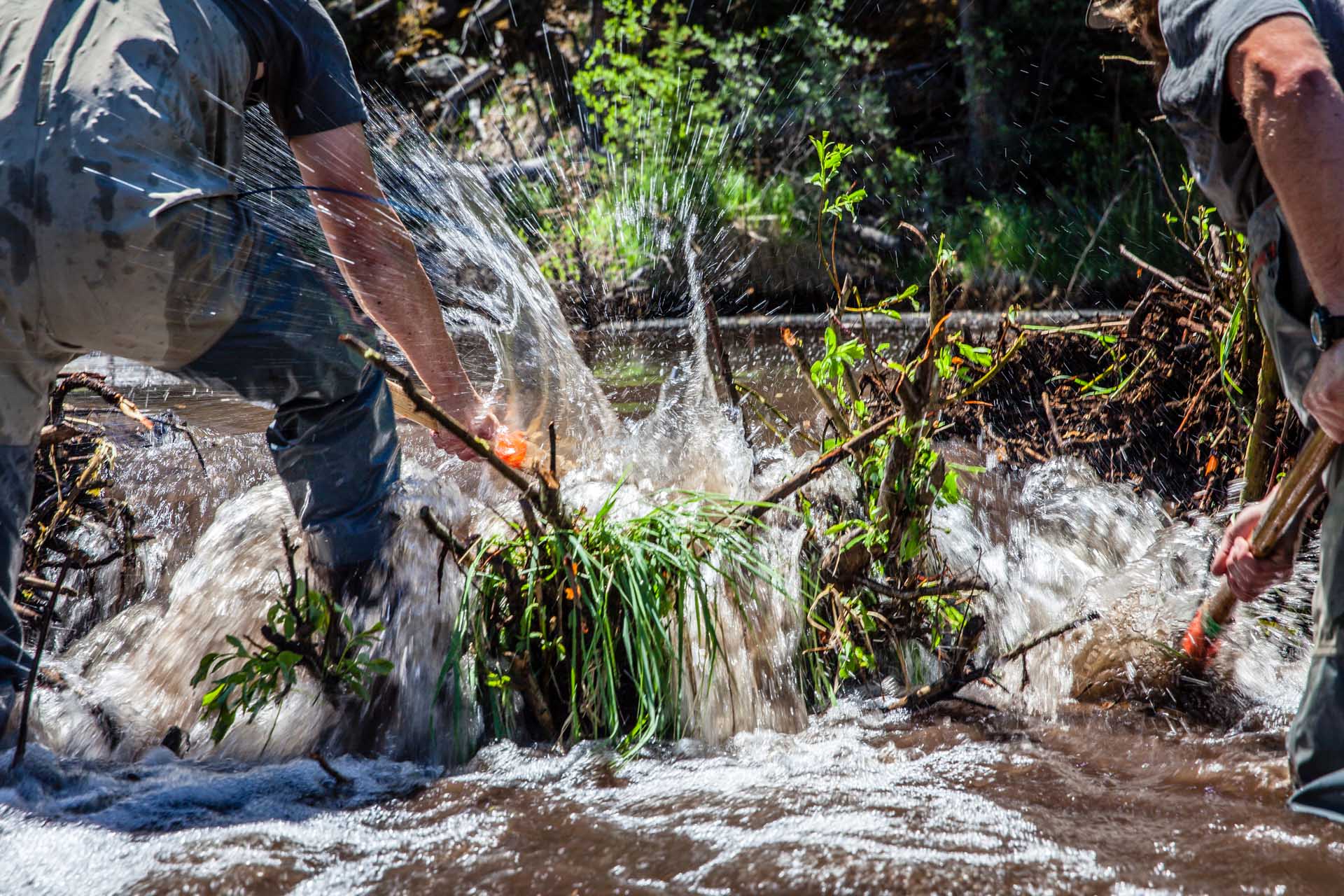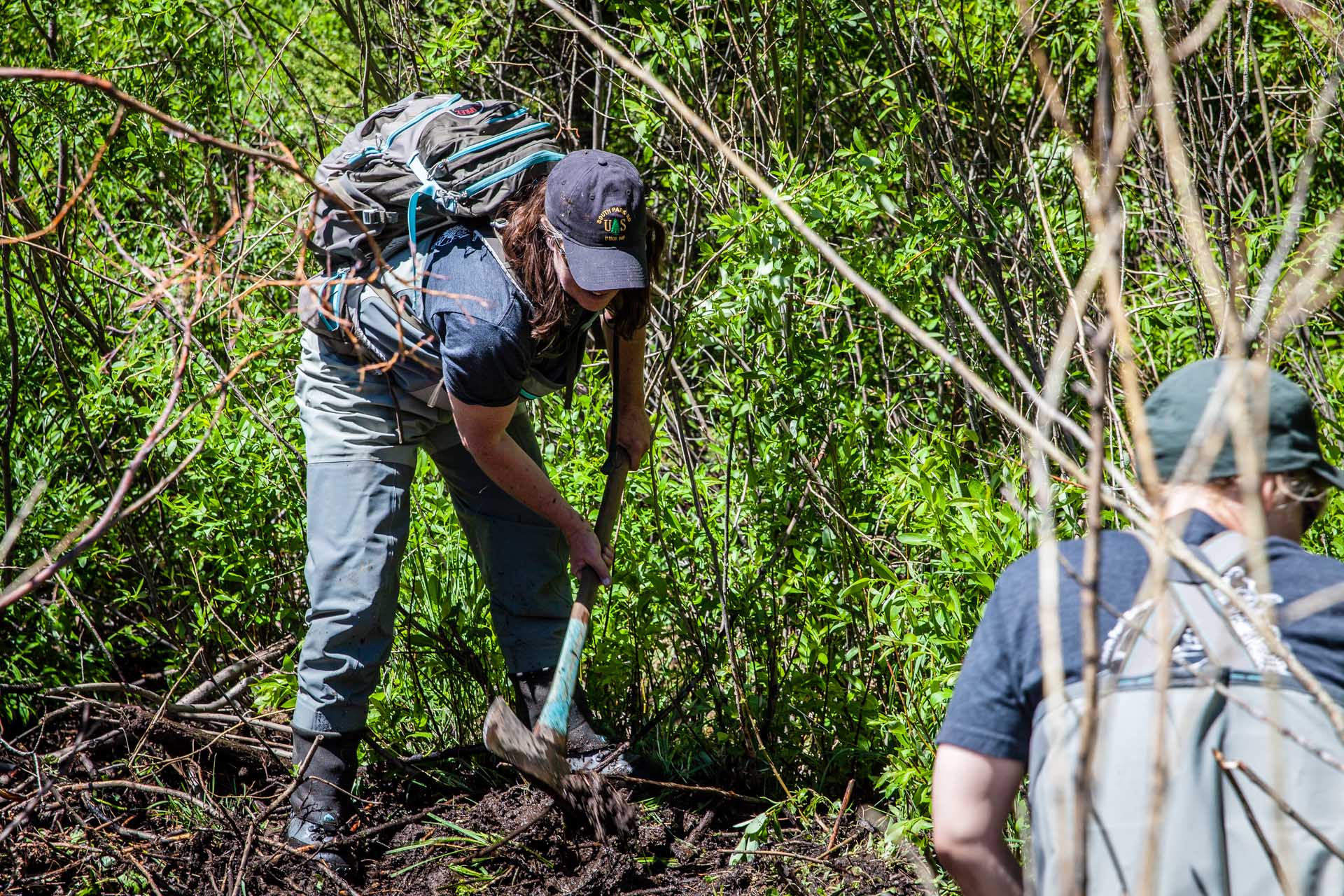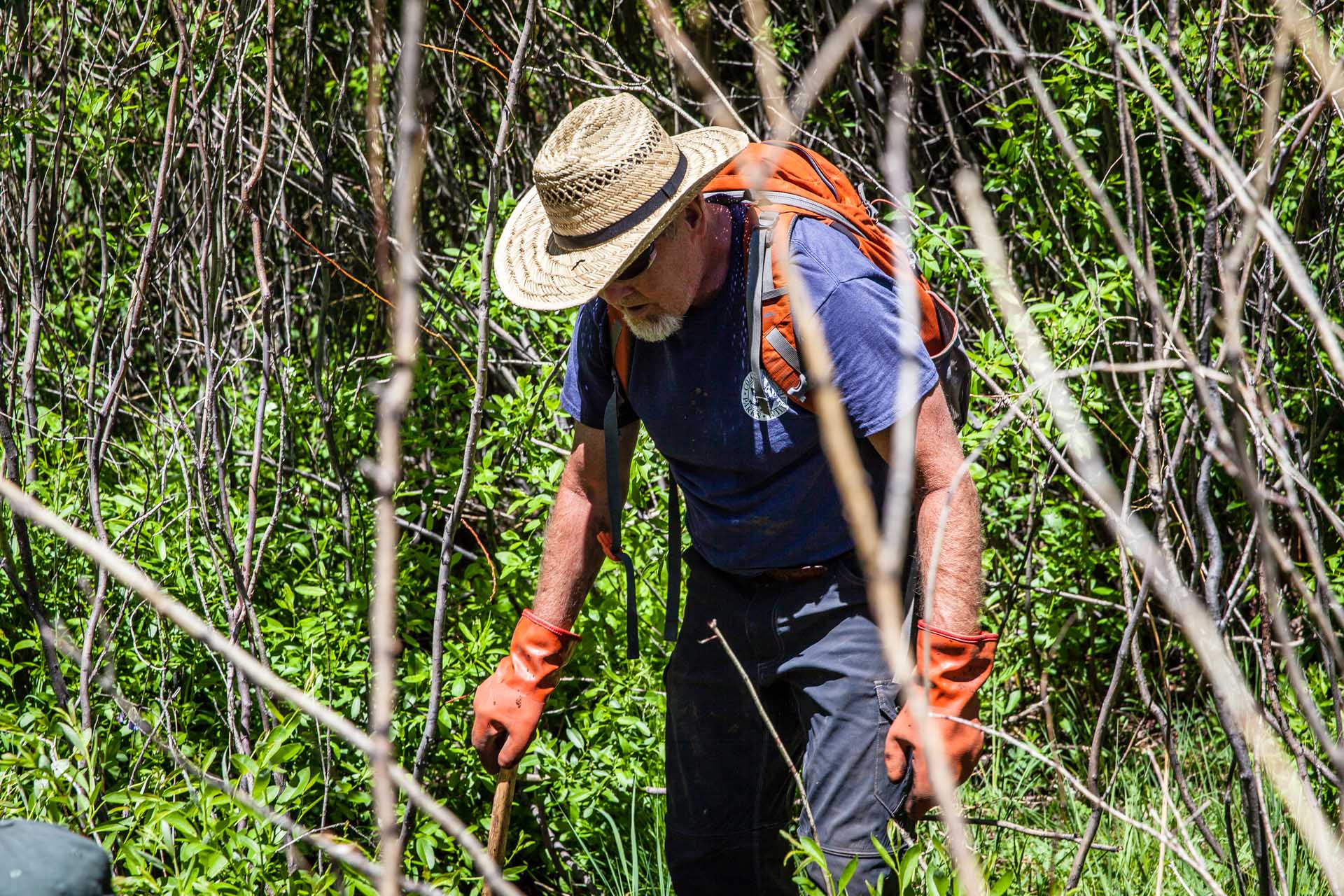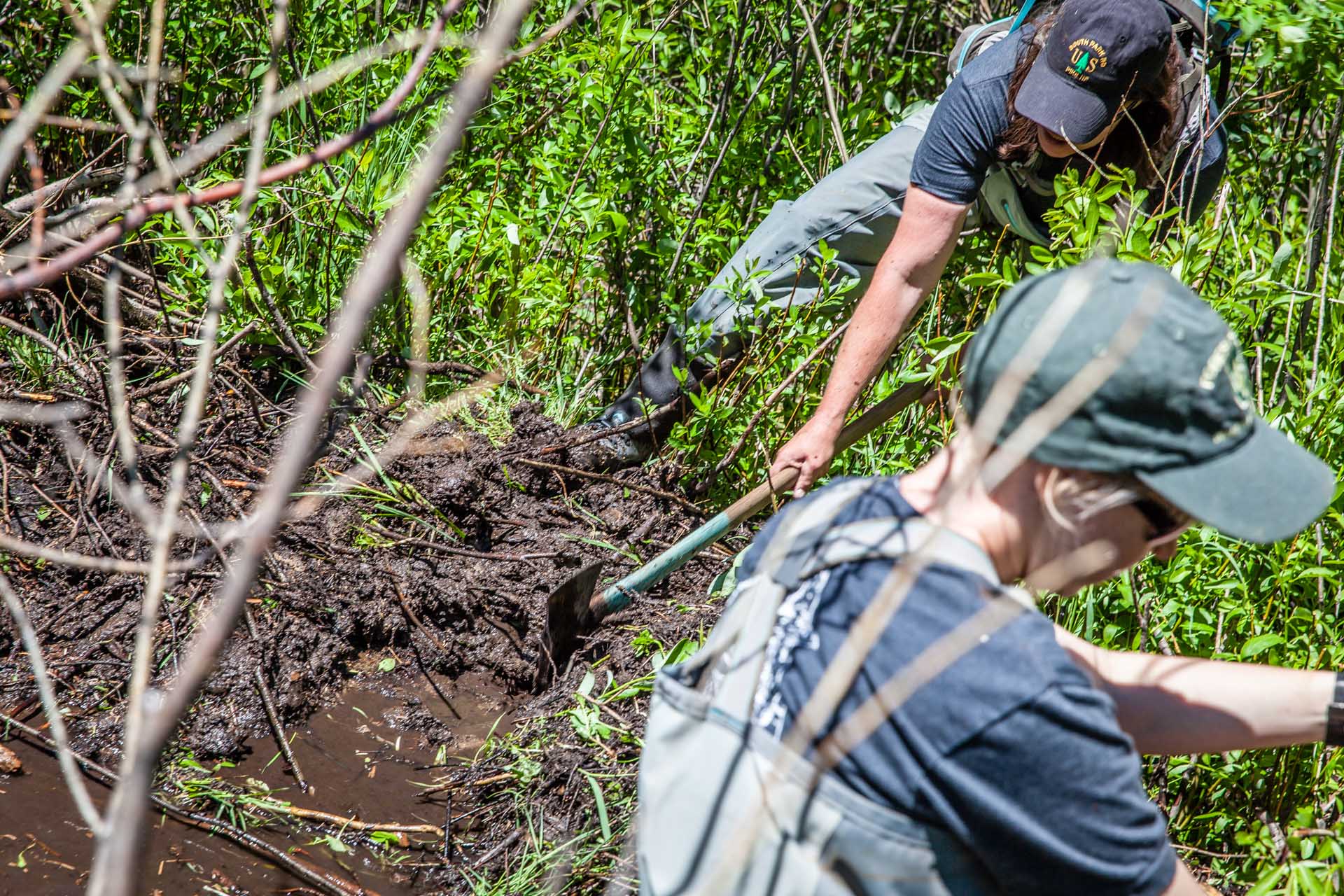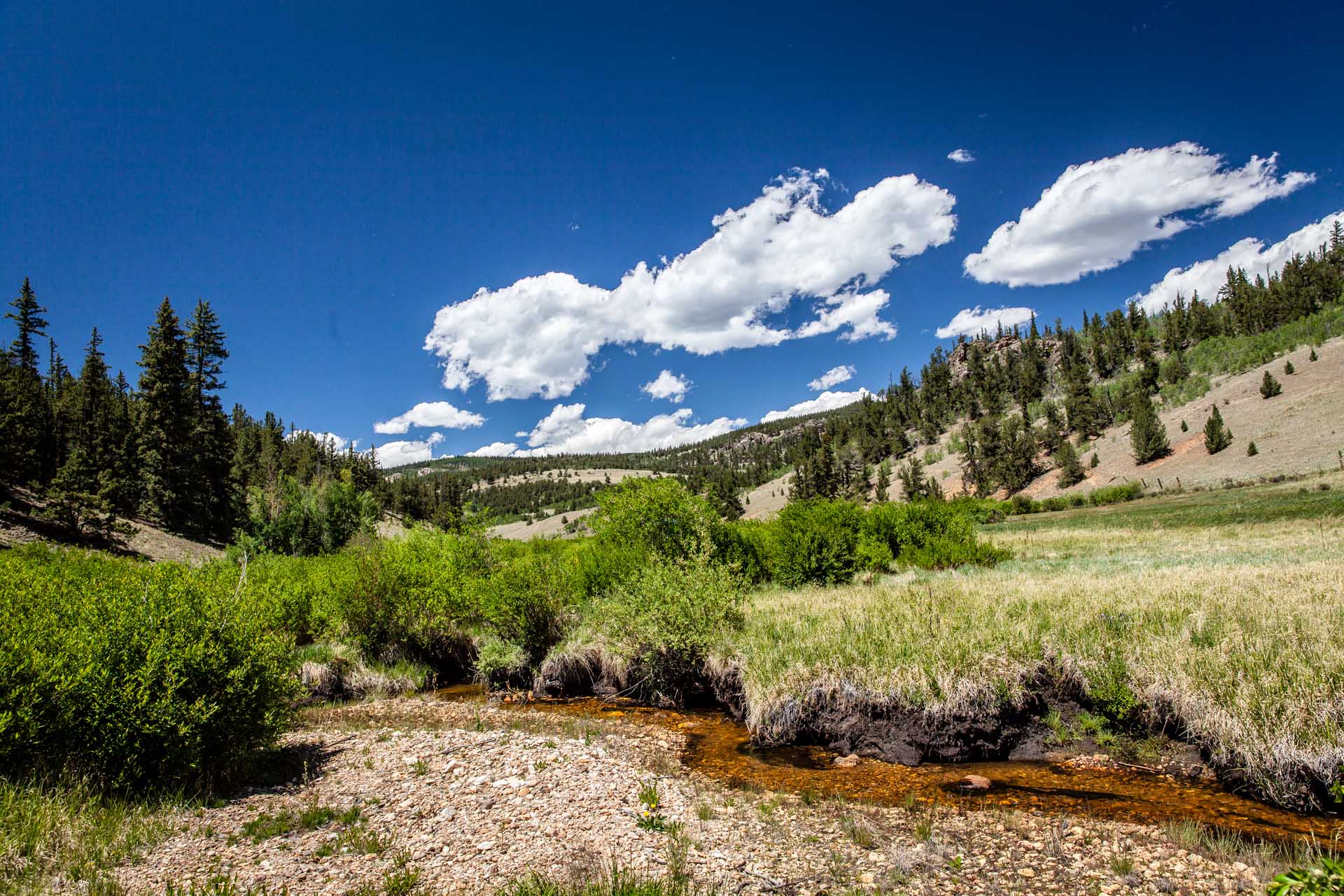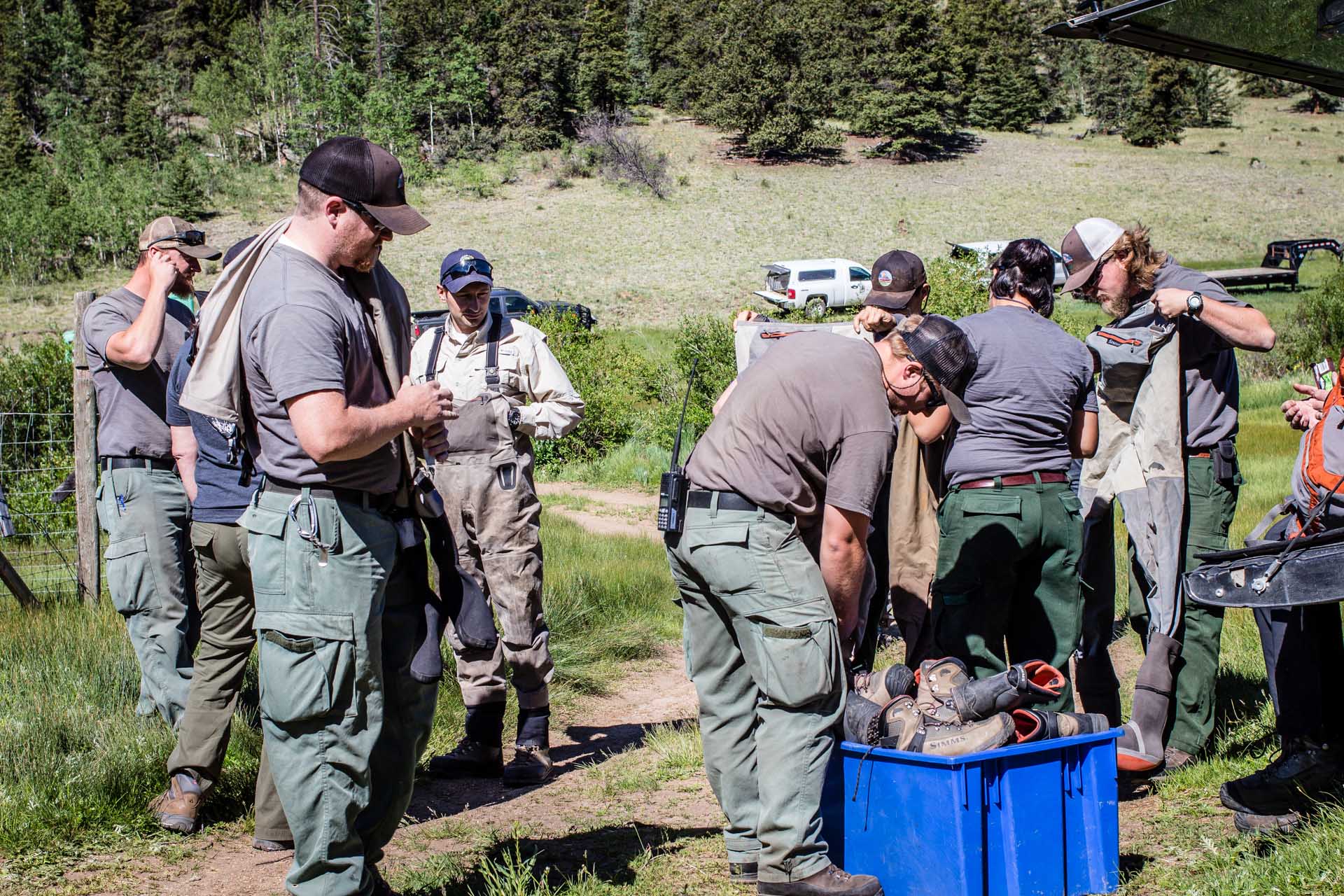LWCFCoalition.org
FOR IMMEDIATE RELEASE: November 29, 2018
CONTACT: Justin Bartolomeo
(202) 789-4365
jbartolomeo@hdmk.org
Bipartisan Conservation Champions Rally to Save LWCF by Year’s End
Washington, D.C. – Land and Water Conservation Fund (LWCF) champions in the House and Senate rallied on the steps of the U.S. Capitol with conservation leaders and outdoor recreation advocates today calling on Congress to reauthorize and fully fund America’s most important conservation and recreation program before the end of the year.
"Two months ago, America lost one of its best conservation tools,” said Lynn Scarlett, Former Deputy Secretary of the Department of Interior and head of External Affairs at The Nature Conservancy. “The Land and Water Conservation Fund helps protect national parks, expand outdoor recreation opportunities and bolster local economies, all at no cost to the American taxpayer. It’s too important to continue leaving its future in doubt. Now more than ever, we have the bipartisan momentum to get LWCF the permanent reauthorization and full funding it deserves. For the protection of our lands, waters and the benefits their conservation bring to communities and our economy, now is the time to save LWCF.”
“Colorado’s beautiful public lands rely on the Land and Water Conservation Fund and Congress needs to ensure it remains in place for years to come,” said Senator Cory Gardner (R-CO). “I’ll continue to work with my colleagues on both sides of the aisle to ensure that we do what is right and permanently reauthorize and fully fund this vital outdoors conservation program.”
“The expiration of a widely popular program like LWCF demonstrates just how broken Washington is. If we don’t want to find ourselves in this exact position again down the road, we must permanently reauthorize LWCF. And if we want to grow our outdoor recreation economy and protect treasured landscapes, we must fully fund it. I’ll keep working across the aisle to find a solution that gives this conservation tool the longevity and funding it deserves,” said Senator Michael Bennet (D-CO).
“Since it was enacted 54 years ago, the Land and Water Conservation Fund has helped protect many of the nation’s most popular national parks, forests, and public lands. It has provided millions of Americans the opportunity to hunt, fish, hike, vacation and enjoy the beauty of nature and our great American landscapes,” said Senator Maria Cantwell (D-WA). “It has pumped billions of dollars into the outdoor economy and provided millions of good jobs.
“Protecting our public lands is good for the environment, it’s good for the economy and it’s good for the health and welfare of our people. Money made available through the Land and Water Conservation Fund is money well spent,” Senator Cantwell added.
“The Land and Water Conservation Fund remains the single most successful conservation program in American history,” said Senator Richard Burr (R-NC). “Nearly every congressional district in the country benefits from its funding – at no cost to the taxpayer – and millions enjoy the parks, ballfields, and landscapes it maintains every day. My colleagues and I will continue to push for a permanent reauthorization of this important program.
About the Land and Water Conservation Fund
The Land and Water Conservation Fund is America’s most important conservation program, responsible for protecting parks, trails, wildlife refuges and recreation areas at the federal, state and local level. For more than 50 years, it has provided critical funding for land and water conservation projects, access to recreation including hunting and fishing, and the continued historic preservation of our nation’s iconic landmarks from coast-to-coast. LWCF does not use any taxpayer dollars – it is funded using a small portion of revenues from offshore oil and gas royalty payments. Outdoor recreation, conservation and historic preservation activities contribute more than $887 billion annually to the U.S. economy, supporting 7.6 million jobs.
About the LWCF Coalition
The LWCF Coalition is comprised of more than 1,000 state and regional conservation and recreation organizations of all sizes, land owners, small businesses, ranchers, sportsmen, veterans, the outdoor recreation industry and conservationists working together to protect America’s public lands and safeguard our shared outdoor heritage for future generations. The Coalition is united in its advocacy for the permanent reauthorization and full funding of the Land and Water Conservation Fund, which will ensure the continued conservation of our national parks, forests, wildlife refuges, wilderness, civil war battlefields, working lands and state and local parks. For more information on LWCF and the places in each state that LWCF funds have protected, visit www.lwcfcoalition.org.












